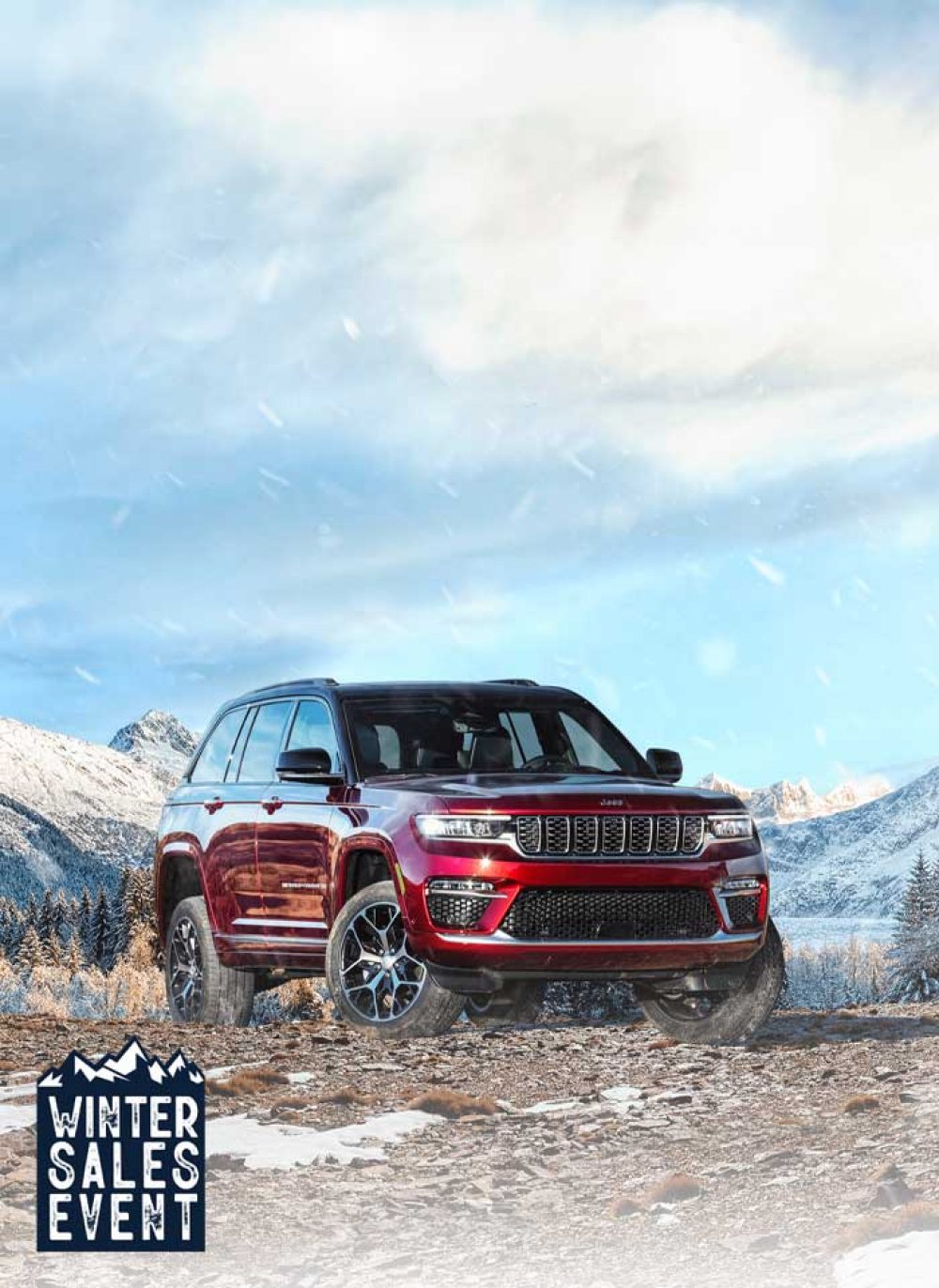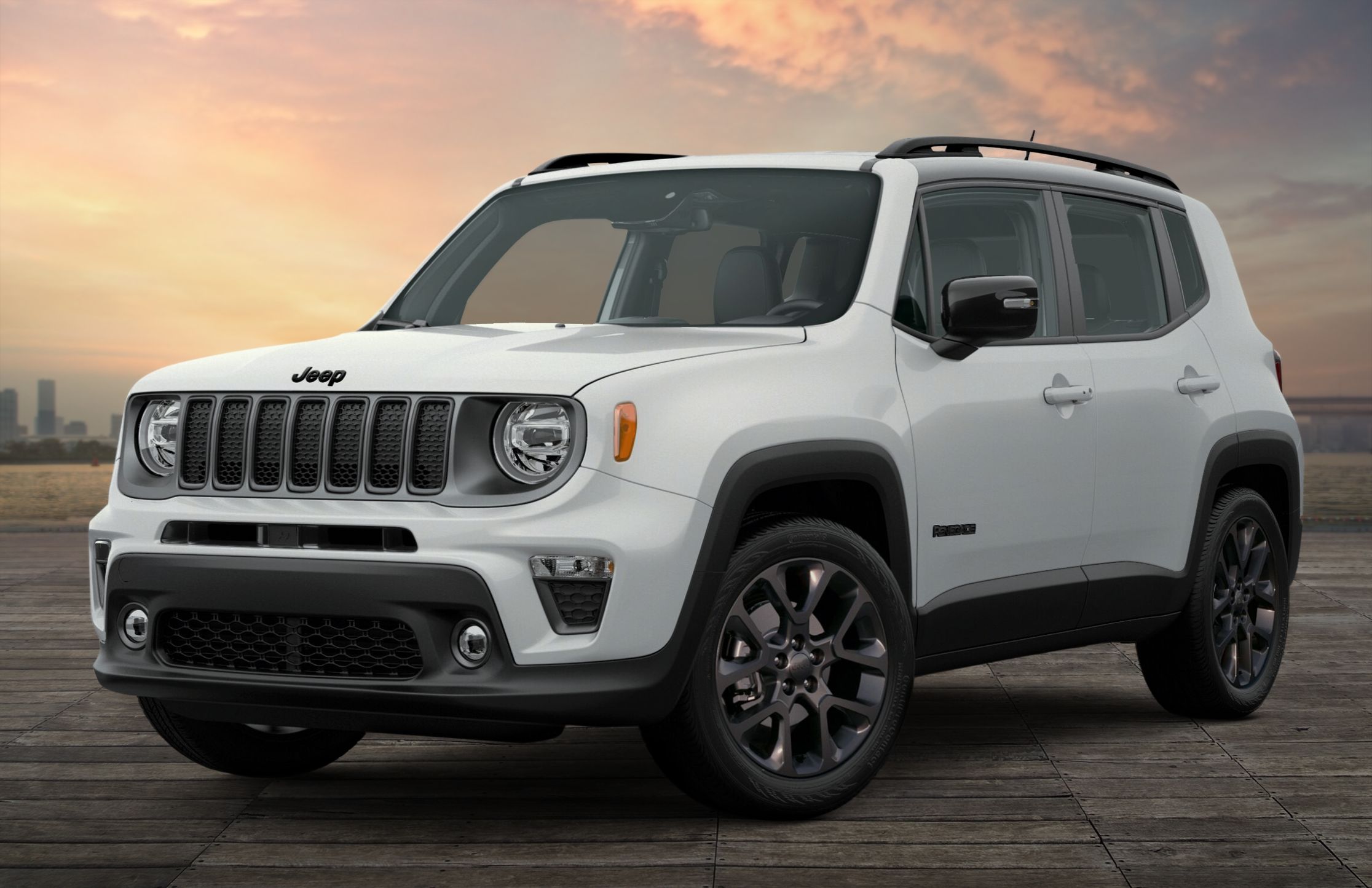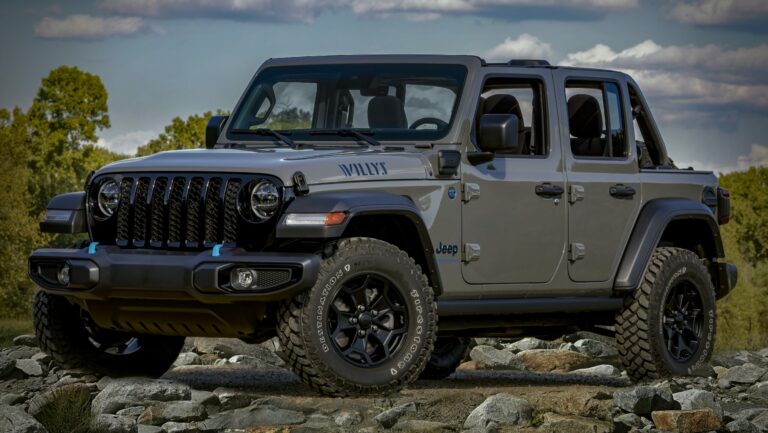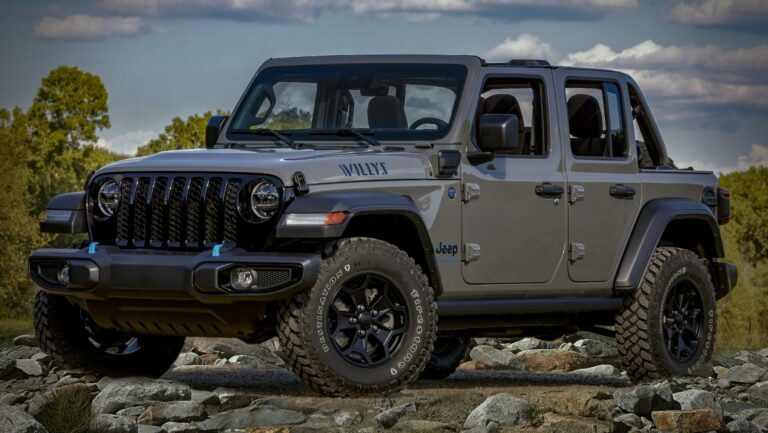Jeep TJ Axles For Sale: A Comprehensive Buyer’s Guide
Jeep TJ Axles For Sale: A Comprehensive Buyer’s Guide jeeps.truckstrend.com
The Jeep Wrangler TJ, produced from 1997 to 2006, remains a beloved icon in the off-roading community. Known for its coil-spring suspension and legendary capability, the TJ is a prime candidate for modifications and upgrades. Among the most critical components for enhancing a TJ’s performance, especially for aggressive off-roading, are its axles. Whether you’re looking to replace a damaged unit, upgrade for larger tires and more challenging trails, or starting a custom build, finding the right "Jeep TJ axles for sale" is a pivotal step. This guide will walk you through everything you need to know, from identifying axle types to navigating the market and making an informed purchase.
Why Are TJ Axles in Such High Demand?
Jeep TJ Axles For Sale: A Comprehensive Buyer’s Guide
The demand for Jeep TJ axles stems from several key factors:
- Breakage and Wear: Stock TJ axles, particularly the rear Dana 35, are notoriously weak when subjected to aggressive off-roading, larger tires, or heavy-footed driving. Axle shafts can snap, ring and pinion gears can fail, and housings can bend. Even the front Dana 30 can suffer under extreme conditions. Owners frequently seek replacements or stronger alternatives after experiencing failures.
- Performance Upgrades: Many TJ owners aspire to run larger tires (33 inches, 35 inches, or even larger) and tackle more challenging obstacles. Stock axles often aren’t up to the task. Upgrading to stronger axles (like a Dana 44, Ford 8.8, or even Dana 60s) with appropriate gearing and lockers is essential for reliability and capability.
- Custom Builds and Swaps: The TJ’s relatively simple design makes it an excellent platform for custom builds. Enthusiasts often swap in axles from other vehicles (like Ford 8.8s from Explorers or Dana 60s from heavy-duty trucks) due to their strength, availability, and often lower cost compared to purpose-built aftermarket axles.
- Accident Repair: A severe impact can bend or damage an axle housing, rendering it unusable. In such cases, finding a good used replacement is often more economical than buying new or attempting repairs.
Understanding these motivations is key to navigating the market, whether you’re a buyer or a seller.

Understanding Jeep TJ Axle Types
Before you start searching for "Jeep TJ axles for sale," it’s crucial to understand the different types you’ll encounter and their respective strengths and weaknesses.
Stock TJ Axles:
- Front Axle: Dana 30 (Low Pinion)

- Description: Standard on all TJs. It’s an open-knuckle, low-pinion design.
- Strengths: Lightweight, common, inexpensive to replace or find parts for. Adequate for stock tire sizes (up to 31 inches) and moderate trails.
- Weaknesses: Relatively small ring and pinion, weaker axle shafts, and a low-pinion design that can cause driveshaft issues and reduced ground clearance with lift kits. Not recommended for tires larger than 33 inches, especially with aggressive driving.
- Rear Axle: Dana 35C (C-Clip)
- Description: Standard on most non-Rubicon TJs. It’s a C-clip design, meaning the axle shafts are retained by C-clips inside the differential.
- Strengths: Very common, readily available.
- Weaknesses: The weakest link in the TJ drivetrain. Small ring and pinion, weak axle shafts, and the C-clip design can be a safety concern if an axle shaft breaks (the wheel can come off). Not suitable for tires over 31 inches or serious off-roading.
- Rear Axle: Dana 44
- Description: Optional upgrade on some TJs (primarily Sahara and some Sport models), and standard on Rubicon models. Non-C-clip design.
- Strengths: Significantly stronger than the Dana 35. Larger ring and pinion, stronger housing, and no C-clips. A great upgrade for up to 35-inch tires.
- Weaknesses: Still has relatively small 30-spline axle shafts (Rubicon D44s have 30-spline but are often upgraded), and the housing can still be bent under extreme conditions. Can be expensive due to demand.
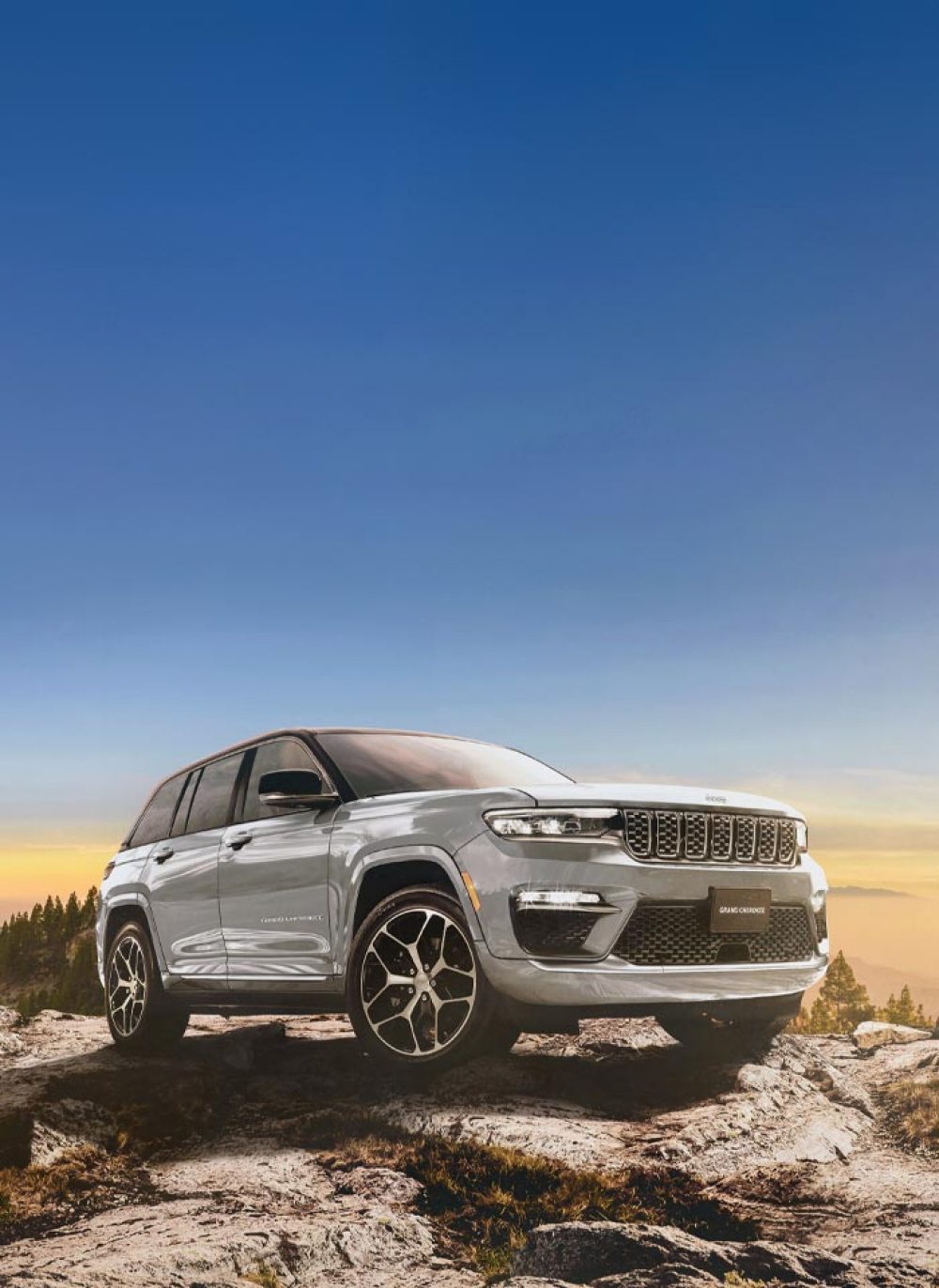
Common Aftermarket/Swap Axles:
- Ford 8.8 (Rear): A very popular swap from Ford Explorers (1995-2001).
- Strengths: Stronger than a Dana 44, comes with disc brakes, available with limited-slip differentials, relatively inexpensive and widely available in junkyards.
- Weaknesses: Requires significant modification to fit a TJ (welding on new mounts, driveshaft changes, brake line adaptation).
- Chrysler 8.25 (Rear): Found in Jeep Cherokees (XJ) and some Liberties.
- Strengths: Stronger than a Dana 35, non-C-clip design (29-spline versions), good ground clearance.
- Weaknesses: Not as strong as a Dana 44 or Ford 8.8, requires similar modifications as the Ford 8.8.
- Dana 60/70/80 (Front & Rear): Heavy-duty axles typically found in 3/4-ton or 1-ton trucks.
- Strengths: Extremely strong, suitable for very large tires (38+ inches) and extreme off-roading.
- Weaknesses: Very heavy, expensive, require extensive modification to fit a TJ (often involving custom suspension and steering), significantly reduces ground clearance (especially the rear).
Where to Find Jeep TJ Axles For Sale
Locating the right axle requires knowing where to look:
-
Online Marketplaces:
- Facebook Marketplace/Groups: Excellent for local finds. Search for "Jeep TJ Dana 44," "TJ axles," etc., in local Jeep groups.
- Craigslist: Similar to Facebook, good for local private sales.
- Dedicated Forums: Websites like JeepForum.com, Pirate4x4.com, and other off-road specific forums often have "for sale" sections where enthusiasts list parts.
- eBay: Can be a source for both used and new/remanufactured axles, though shipping can be prohibitive for heavy items.
-
Salvage Yards/Junkyards:
- Local Auto Recyclers: Call around to local junkyards. They often have complete Jeeps or salvaged parts. This is a great source for Ford 8.8s or Chrysler 8.25s as well.
- Specialized Jeep Salvage Yards: Some yards specialize in Jeeps, increasing your chances of finding specific TJ axles.
-
Aftermarket Retailers:
- Online Off-Road Stores: Companies like Quadratec, 4 Wheel Parts, Summit Racing, and others sell brand new, complete crate axles (e.g., Dynatrac, G2, Currie) that are ready to bolt in. These are often fully customized with desired gearing, lockers, and upgraded shafts.
- Local Off-Road Shops: Many local shops build and sell custom axles or have connections to sources for good used units.
Key Considerations When Buying Used TJ Axles
Buying a used axle can save money, but it comes with risks. Thorough inspection and asking the right questions are crucial:
-
Condition of the Housing:
- Straightness: Is the axle tube bent? This is critical. A bent housing will cause alignment issues, premature bearing wear, and cannot be easily repaired. Look down the tubes from the ends.
- Rust/Corrosion: Surface rust is common and usually fine, but severe pitting or rust-through can compromise structural integrity.
- Welds: Check for cracked welds, especially around spring perches, control arm mounts, and shock mounts. These indicate stress or poor previous work.
- Pinion Angle/Caster: For front axles, check if the C’s (knuckle outers) are bent or if the pinion angle looks off.
-
Gearing:
- Ratio: What gear ratio is installed? Does it match your existing front/rear axle, or is it the ratio you want for your tire size? This is paramount for proper drivetrain function.
- Condition: Ask about the condition of the gears. Listen for noises during a test drive if possible.
- Locker/Limited Slip: Does it have a locker or limited-slip differential? If so, what type and what condition is it in?
-
Axle Shafts:
- Condition: Are they straight? Check splines for wear or twisting.
- Upgraded? Some used axles might come with chromoly or other upgraded shafts. This is a bonus.
-
Brakes:
- Completeness: Are the rotors, calipers, and pads included?
- Condition: Are they worn out? Budget for new brake components if necessary.
-
Unit Bearings/Ball Joints (Front Axle):
- Play: Check for play in the unit bearings and ball joints. These are wear items and will likely need replacement if buying a used axle.
-
Mounting Points:
- Compatibility: Ensure the axle has the correct mounting points for your TJ’s control arms, track bar, springs, and shocks.
- Damage: Are the mounts damaged, bent, or missing?
-
Price:
- Fair Market Value: Research what similar axles are selling for. Prices vary widely based on condition, completeness, gearing, and location.
- Hidden Costs: Factor in the cost of new fluids, seals, gaskets, potentially new bearings, ball joints, and brake components.
-
Seller Reputation: Buy from trusted sellers or those with good feedback. Ask questions and don’t feel pressured.
Buying New or Crate TJ Axles
For those with a larger budget or who demand specific configurations and warranties, new or crate axles are the way to go.
- Benefits:
- Brand New Components: No wear, no hidden damage.
- Warranty: Peace of mind against defects.
- Customization: You can order them with your exact desired gear ratio, locker, axle shaft material, and even specific widths.
- Bolt-In Ready: Often come fully assembled, painted, and ready to install.
- Drawbacks:
- Cost: Significantly more expensive than used axles.
- Lead Time: Custom orders can sometimes have a wait time.
Major manufacturers like Dynatrac, Currie Enterprises, G2 Axle & Gear, and Spidertrax offer high-quality aftermarket axles specifically designed for the TJ.
Installation & Beyond: What Else You’ll Need
Acquiring the axle is just the first step. Be prepared for additional costs and components:
- Mounting Hardware: New bolts for control arms, track bar, shocks, etc.
- Brake Lines & E-Brake Cables: Especially if swapping to disc brakes or if the old ones are damaged.
- Driveshafts: Changing axle types or adding significant lift often requires new driveshafts with proper length and yoke configurations.
- Gearing Setup: If you’re swapping ratios, you’ll need professional installation of the ring and pinion if the axle doesn’t come pre-geared.
- Suspension Adjustments: Axle swaps can sometimes affect suspension geometry, requiring adjustable control arms, track bar, or even custom mounts.
- Fluids and Seals: Always replace differential fluid and consider new inner and outer axle seals during installation.
Tips for a Successful Axle Purchase
- Do Your Research: Understand the different axle types, their strengths, weaknesses, and what’s appropriate for your build goals and budget.
- Inspect Thoroughly: If buying used, take your time to inspect the axle. Bring a magnet to check for bondo, a straight edge to check for bends, and a flashlight to look inside.
- Ask Questions: Don’t hesitate to ask the seller about the axle’s history, mileage, previous use, and any known issues.
- Factor in All Costs: Remember that the purchase price is just the beginning. Budget for shipping, installation, new components (brakes, bearings, seals, fluids), and potential unforeseen issues.
- Consider Your Build Goals: Are you building a daily driver, a weekend warrior, or an extreme rock crawler? Your axle choice should align with your ultimate vision for your TJ.
Estimated Price Guide for Jeep TJ Axles For Sale
Prices for Jeep TJ axles vary widely based on condition, gearing, lockers, location, and demand. This table provides a general estimate and should be used as a guideline only. Always research current market prices.
| Axle Type | Condition | Front Axle Price Range (USD) | Rear Axle Price Range (USD) | Notes/Features |
|---|---|---|---|---|
| Dana 30 (Stock TJ) | Used | $150 – $400 | N/A | Most common, adequate for stock tires. Often sold without brakes or shafts. Higher end for complete units with good condition components. |
| Dana 35 (Stock TJ) | Used | N/A | $100 – $300 | Weakest link, often sold very cheap or even given away. Only consider for direct replacement of broken unit on a mild build. |
| Dana 44 (Stock TJ) | Used | $400 – $800 | $700 – $1,500 | Highly sought after. Price depends heavily on condition, gearing, and if it includes a locker (Rubicon models). Lower end for non-Rubicon, higher for complete Rubicon units with lockers. |
| Ford 8.8 (Swap) | Used | N/A | $300 – $700 | Price for the axle itself. Does NOT include adapter kits, custom mounts, driveshaft, or installation. Usually comes with disc brakes. Price depends on year, mileage, and whether it has limited slip. |
| Dana 60 (Swap) | Used | $1,000 – $3,000+ | $800 – $2,500+ | Varies wildly. Price depends heavily on whether it’s a high-pinion or low-pinion, specific truck application, gearing, and completeness. Requires extensive custom fabrication. |
| Aftermarket Dana 44/60 | New | $2,500 – $6,000+ | $2,000 – $5,500+ | Brand new, fully assembled "crate" axles from companies like Currie, Dynatrac, G2. Price depends on options (gearing, locker, shafts, width, material). Bolt-in ready, warrantied. |
Note: Prices are estimates and subject to significant fluctuation based on location, seller, condition, included components (brakes, shafts, lockers), and current market demand.
Frequently Asked Questions (FAQ)
Q1: Can I just swap a Dana 44 into my TJ if I have a Dana 35?
A1: Yes, a TJ Dana 44 (from another TJ) is a direct bolt-in replacement for a TJ Dana 35 in terms of mounting points. However, you must ensure the gear ratio matches your front axle, or you’ll need to re-gear both axles. If you swap to a different axle type (like a Ford 8.8), significant fabrication will be required.
Q2: What gear ratio should I get for my TJ axles?
A2: The ideal gear ratio depends on your tire size and intended use.
- 31-32 inch tires: 3.73 or 4.10
- 33-35 inch tires: 4.56 or 4.88
- 37+ inch tires: 5.13 or lower
Always match the front and rear axle ratios exactly to avoid drivetrain damage.
Q3: How do I know if a used axle is bent?
A3: The easiest way is to visually inspect it. Place a straight edge along the axle tubes, or stand at one end and sight down the tubes. Look for any visible bows or kinks. Also, check the wheel flanges – a bent flange can cause a wobble. Severe rust or impact marks are red flags.
Q4: Should I buy a complete axle or just the housing?
A4: If you’re building a custom axle with specific gearing and a locker, buying just the housing can be cost-effective. However, for a direct replacement or mild upgrade, a complete axle (with shafts, gears, and brakes) is usually easier and faster to install, though you might still need to rebuild components.
Q5: What’s the biggest tire size for a stock Dana 30/35?
A5: While some people push it, the general consensus is that the stock Dana 30 and Dana 35 are only reliable up to 31-inch tires for moderate off-roading. For 33-inch tires, at least a rear Dana 44 is highly recommended, and for 35-inch tires, a stronger front axle (like a Rubicon Dana 44 or aftermarket) and a significantly stronger rear axle (like a Ford 8.8 or Dana 60) are necessary.
Q6: What’s the difference between a high-pinion and low-pinion Dana 30?
A6: The stock TJ Dana 30 is a low-pinion design. The pinion gear enters the differential below the centerline of the axle, meaning the driveshaft points down towards the ground. A high-pinion axle (like the XJ Cherokee Dana 30 or many aftermarket Dana 44s) has the pinion gear entering above the centerline. High-pinion axles offer better driveshaft angles for lifted Jeeps, especially in the front, and provide more ground clearance at the pinion.
Conclusion
Finding the right Jeep TJ axles for sale is a critical decision that directly impacts your vehicle’s performance, reliability, and safety. Whether you’re repairing a broken component or embarking on a significant upgrade, understanding the different axle types, knowing where to source them, and performing thorough inspections are paramount. By doing your homework, asking the right questions, and budgeting for all associated costs, you can confidently acquire the perfect axles to transform your TJ into the capable off-road machine you envision. The right axles are not just parts; they are the foundation of your Jeep’s strength and adventure readiness.
